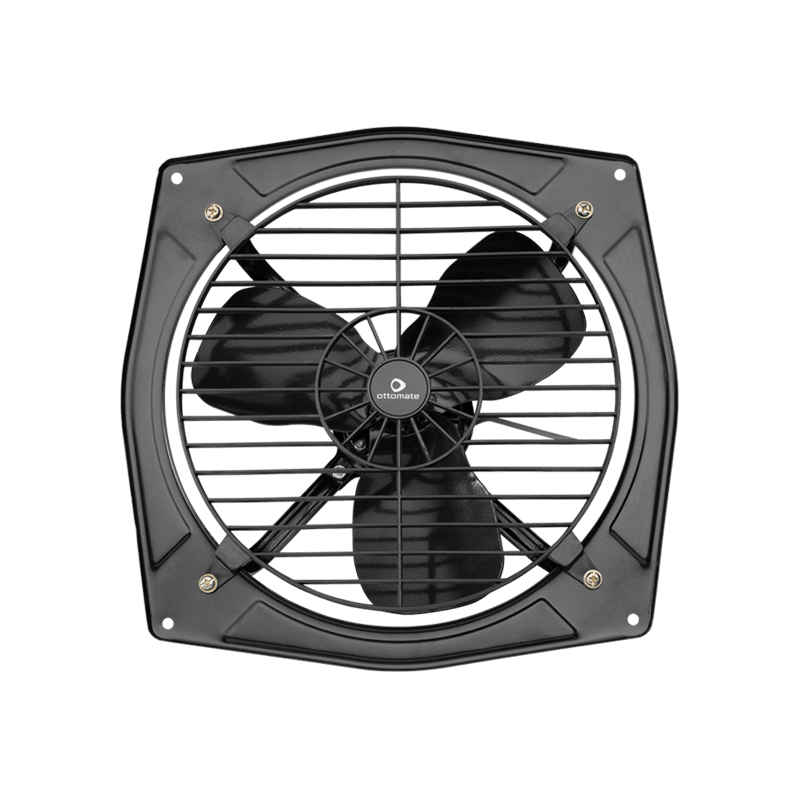Introduction to Exhaust Fans
Exhaust fans play a crucial role in maintaining indoor air quality and comfort. These devices are designed to remove stale air, moisture, and odors from various spaces. By doing so, they help create a healthier and more pleasant environment. Exhaust fans are commonly found in bathrooms, kitchens, and other areas prone to high humidity or strong odors. They work by drawing air out of a room and expelling it to the outside. This process helps to prevent the buildup of mold, mildew, and other harmful substances. Additionally, exhaust fans can help regulate temperature and reduce energy costs by removing excess heat and humidity. In this comprehensive guide, we will explore the different types of exhaust fan, their benefits, and how to choose the right one for your needs.
Types of Exhaust Fans
Exhaust fans come in various types, each designed for specific applications and environments. The most common types include ceiling-mounted fans, wall-mounted fans, and inline fans. Ceiling-mounted fans are typically installed in bathrooms and kitchens, where they can efficiently remove moisture and odors. Wall-mounted fans are often used in larger spaces or areas where ceiling installation is not feasible. Inline fans, on the other hand, are installed within ductwork and are ideal for areas that require more powerful ventilation. Each type of exhaust fan has its own advantages and considerations, which we will discuss in more detail later in this article.
Benefits of Using Exhaust Fans
The benefits of using exhaust fans are numerous and significant. First and foremost, they help improve indoor air quality by removing pollutants, allergens, and excess moisture. This can lead to a healthier living environment and reduced risk of respiratory issues. Additionally, exhaust fans can help prevent the growth of mold and mildew, which can cause structural damage and health problems. By removing excess moisture, these fans also help protect furniture, paint, and other surfaces from damage. Furthermore, exhaust fans can help reduce energy costs by removing hot air and humidity, which can put a strain on air conditioning systems. Overall, the use of exhaust fans contributes to a more comfortable and healthier living space.
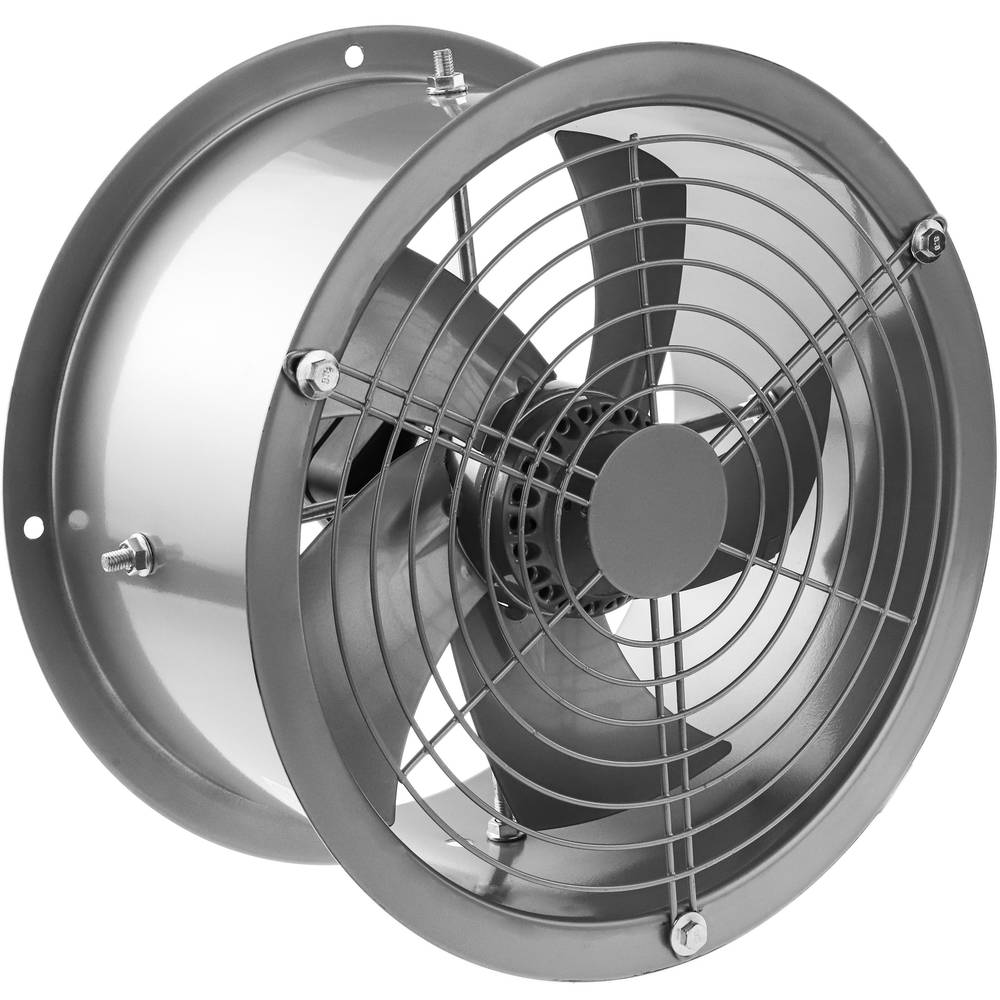
Choosing the Right Exhaust Fan
When it comes to selecting an exhaust fan, there are several factors to consider. The size of the space, the intended use, and the desired level of ventilation all play a role in determining the most suitable fan. It’s essential to choose a fan with the appropriate capacity to effectively remove air from the room. This is typically measured in cubic feet per minute (CFM). As a general rule, you should aim for 1 CFM per square foot of room area. However, this may vary depending on the specific needs of the space. Additionally, you’ll want to consider the noise level of the fan, as some models can be quite loud during operation.
Factors to Consider When Selecting an Exhaust Fan
When choosing an exhaust fan, there are several key factors to keep in mind. First, consider the size of the space and calculate the required CFM based on the room’s dimensions. Next, think about the intended use of the fan and any specific ventilation needs. For example, a kitchen fan may need to be more powerful than a bathroom fan. Energy efficiency is another important consideration, as more efficient models can help reduce electricity costs over time. The fan’s noise level is also crucial, especially for bedrooms or other quiet areas. Lastly, consider the fan’s durability and ease of maintenance to ensure long-term performance and value.
Understanding Fan Specifications
To make an informed decision when selecting an exhaust fan, it’s important to understand the various specifications and ratings. The CFM rating, as mentioned earlier, indicates the fan’s airflow capacity. The sones rating measures the fan’s noise level, with lower numbers indicating quieter operation. Energy efficiency is often represented by the Energy Star certification, which indicates that the fan meets certain energy-saving standards. Additionally, you’ll want to consider the fan’s static pressure rating, which indicates its ability to move air through ductwork. Understanding these specifications will help you choose a fan that meets your specific needs and performs effectively in your space.
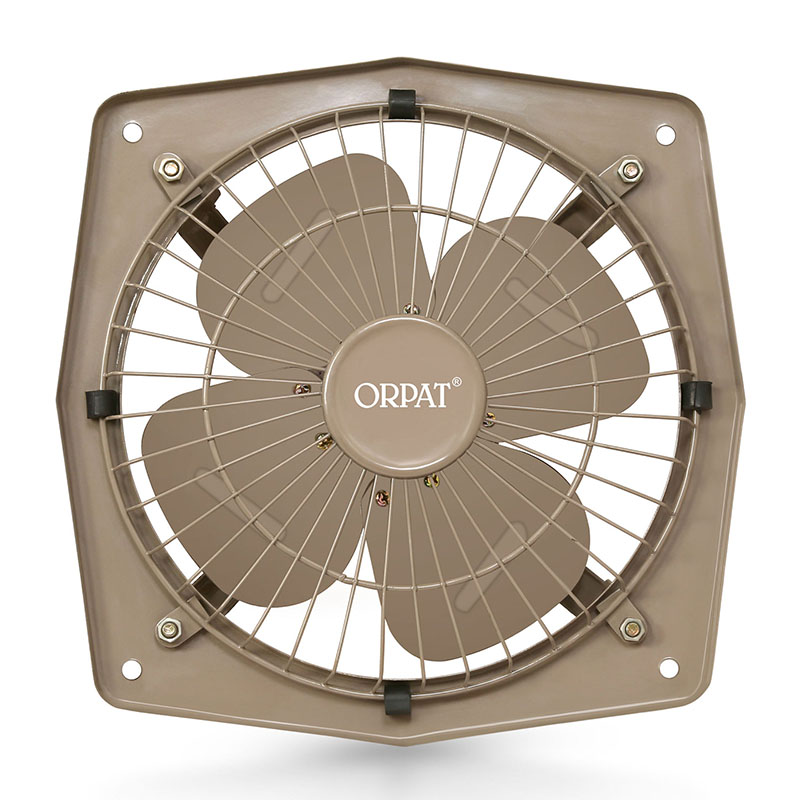
Installation and Maintenance of Exhaust Fans
Proper installation and regular maintenance are crucial for ensuring the optimal performance and longevity of your exhaust fan. While some homeowners may choose to install fans themselves, it’s often best to hire a professional for this task. This is especially true for more complex installations or when electrical work is involved. Once installed, regular maintenance is necessary to keep the fan functioning efficiently. This typically involves cleaning the fan blades and housing, checking for loose connections, and ensuring proper airflow. By following proper installation and maintenance procedures, you can maximize the benefits of your exhaust fan and extend its lifespan.
DIY Installation vs. Professional Installation
When it comes to installing an exhaust fan, homeowners often face the choice between DIY installation and hiring a professional. DIY installation can be a cost-effective option for those with some handyman skills and experience. However, it’s important to carefully consider the complexity of the installation before attempting it yourself. Simple replacements of existing fans may be suitable for DIY, but new installations often require more expertise. Professional installation, while more expensive, ensures that the fan is properly installed and meets all safety and building code requirements. Additionally, professionals can handle any unexpected issues that may arise during installation, saving you time and potential headaches.
Maintenance Tips for Exhaust Fans
Regular maintenance is essential for keeping your exhaust fan in good working condition. Start by cleaning the fan blades and housing at least twice a year, or more frequently if needed. This can be done using a damp cloth or mild detergent solution. Be sure to disconnect the power before cleaning. Check for any loose connections or worn wires, and tighten or replace them as necessary. Inspect the ductwork for any blockages or damage, and clean or repair as needed. If you notice any unusual noises or decreased performance, it may be time for a more thorough inspection or professional servicing. By following these maintenance tips, you can ensure that your exhaust fan continues to operate efficiently and effectively for years to come.
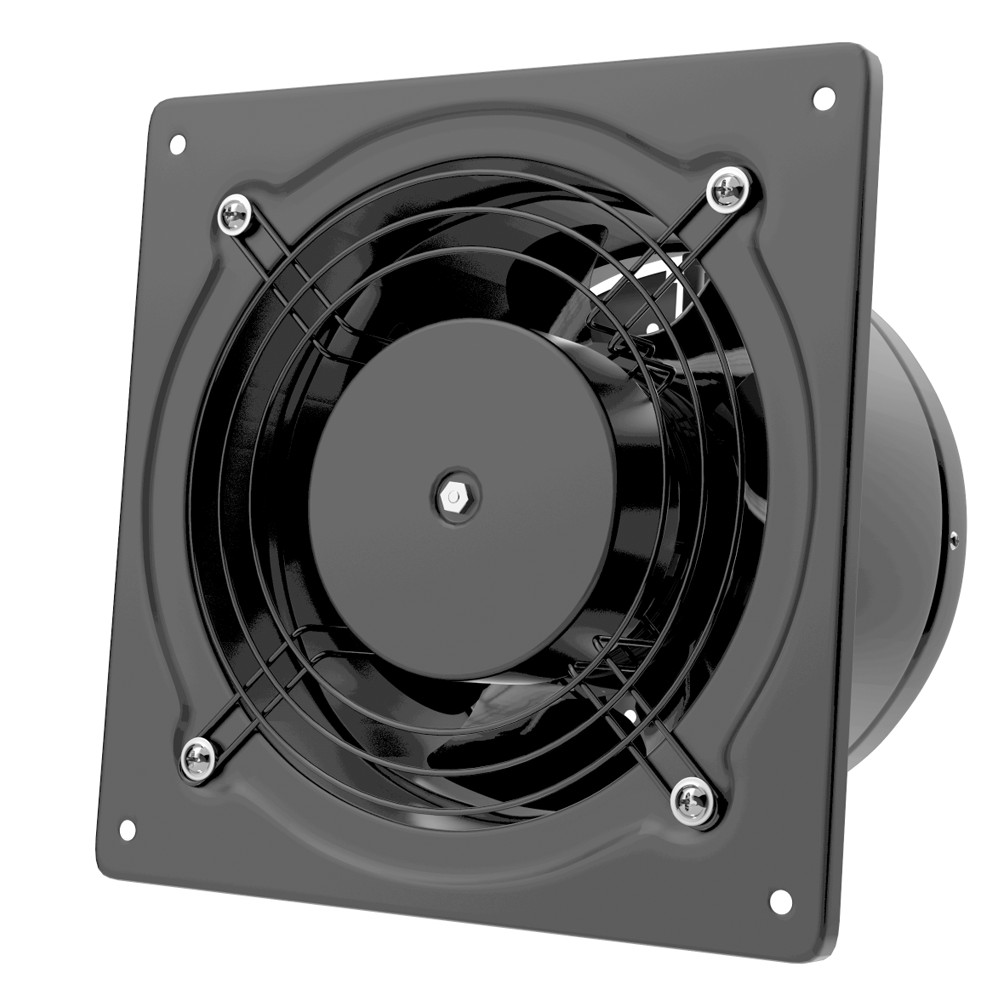
Energy Efficiency and Exhaust Fans
In today’s environmentally conscious world, energy efficiency is a key consideration when choosing and using exhaust fans. Energy-efficient models not only help reduce electricity costs but also contribute to overall environmental sustainability. Many modern exhaust fans come with energy-saving features such as motion sensors, humidity sensors, or timer functions. These features help ensure that the fan only operates when needed, minimizing unnecessary energy consumption. Additionally, some fans are designed with high-efficiency motors and aerodynamic blades to maximize airflow while minimizing energy use. When selecting an exhaust fan, look for models with the Energy Star certification, which indicates superior energy efficiency.
Energy-Saving Features in Modern Exhaust Fans
Modern exhaust fans often come equipped with various energy-saving features designed to optimize performance and reduce electricity consumption. Motion sensors detect when someone enters the room and automatically turn the fan on and off as needed. This is particularly useful in bathrooms or other infrequently used spaces. Humidity sensors detect elevated moisture levels and activate the fan accordingly, helping to prevent mold growth and excessive humidity. Timer functions allow users to set specific run times, ensuring the fan operates only as long as necessary. Some advanced models even incorporate smart home technology, allowing users to control the fan remotely or set custom schedules via smartphone apps.
Impact of Exhaust Fans on Overall Energy Consumption
While exhaust fans do consume electricity, their impact on overall energy consumption can be positive when used correctly. By removing excess moisture and heat, exhaust fans can reduce the workload on air conditioning systems, potentially leading to significant energy savings. This is particularly true in humid climates or during summer months. However, it’s important to use exhaust fans judiciously and not leave them running unnecessarily. Overuse can lead to excessive heat loss in colder months, causing heating systems to work harder. By choosing energy-efficient models and using them strategically, homeowners can maximize the benefits of exhaust fans while minimizing their impact on energy consumption.
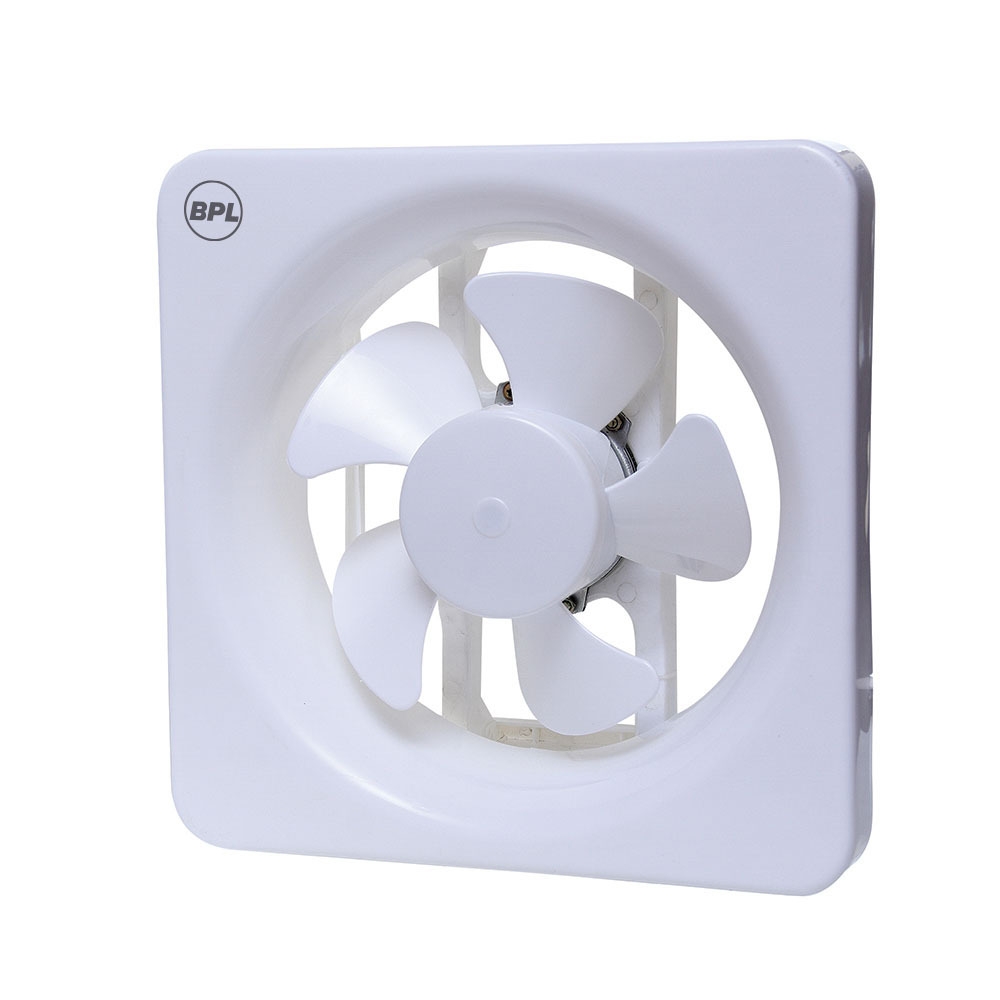
Health Benefits of Proper Ventilation
Proper ventilation, facilitated by exhaust fans, plays a crucial role in maintaining a healthy indoor environment. By removing stale air, pollutants, and excess moisture, exhaust fans contribute to better air quality and reduced health risks. This is particularly important in areas prone to high humidity, such as bathrooms and kitchens. Improved ventilation can help prevent the growth of mold and mildew, which are known to cause respiratory issues and allergic reactions. Additionally, proper air circulation can help reduce the concentration of indoor air pollutants, including volatile organic compounds (VOCs) emitted by various household products.
Reducing Indoor Air Pollution
Exhaust fans play a significant role in reducing indoor air pollution by removing contaminants and improving air circulation. This is especially important in modern, well-insulated homes that may trap pollutants indoors. By expelling stale air and drawing in fresh air, exhaust fans help dilute the concentration of indoor air pollutants. This can include harmful substances such as carbon monoxide, radon, and VOCs.
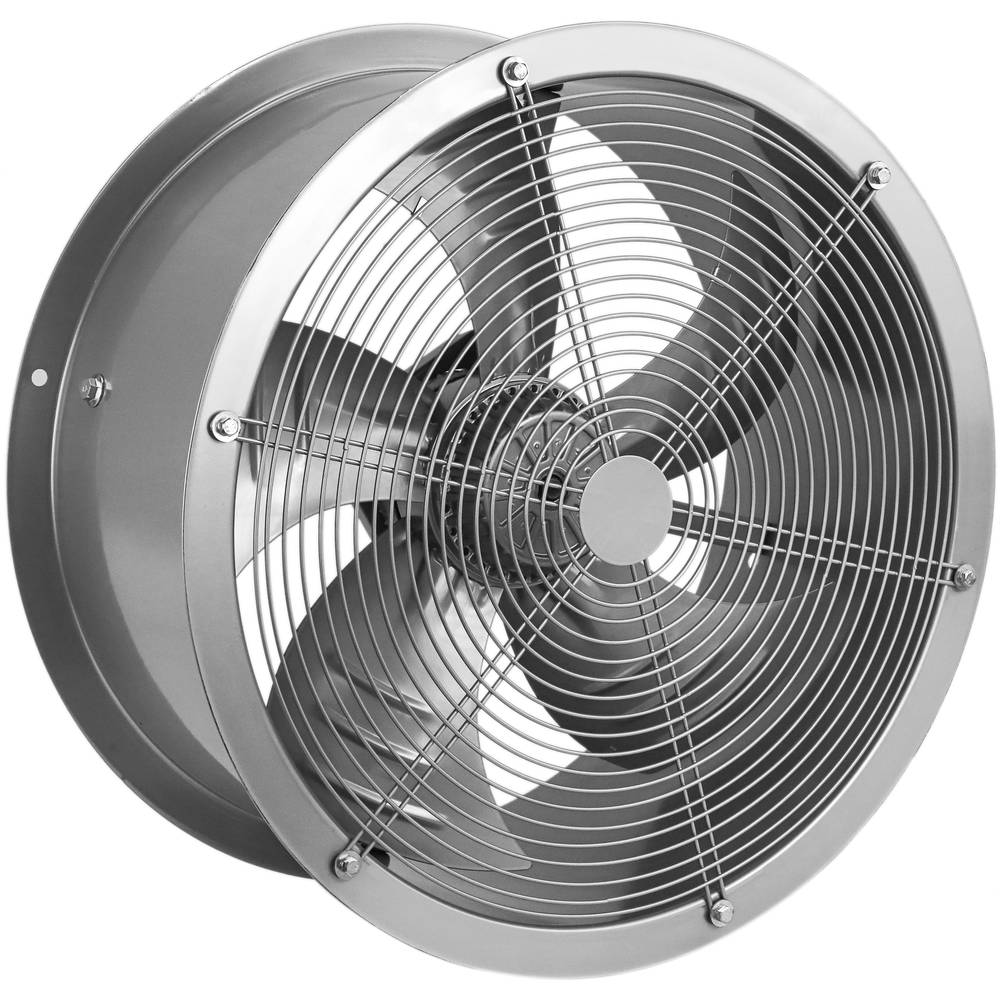
Conclusion
Exhaust fans play a crucial role in maintaining indoor air quality and comfort in various settings, from residential homes to commercial and industrial spaces. These simple yet effective devices remove stale air, odors, moisture, and airborne contaminants, contributing to a healthier and more pleasant environment. By promoting proper ventilation, exhaust fans help prevent mold growth, reduce energy costs, and extend the lifespan of building materials.
The wide range of exhaust fan types and sizes available ensures that there is a suitable option for every application, whether it’s a small bathroom, a large kitchen, or an industrial warehouse. As technology advances, newer models offer improved energy efficiency, quieter operation, and smart features that enhance their functionality and user convenience.
In conclusion, exhaust fans are an essential component of modern building design and indoor air quality management. Their ability to improve air circulation, remove pollutants, and regulate humidity makes them invaluable in creating comfortable and healthy indoor spaces. As awareness of indoor air quality continues to grow, the importance of exhaust fans in our daily lives is likely to increase, driving further innovations in this field.

